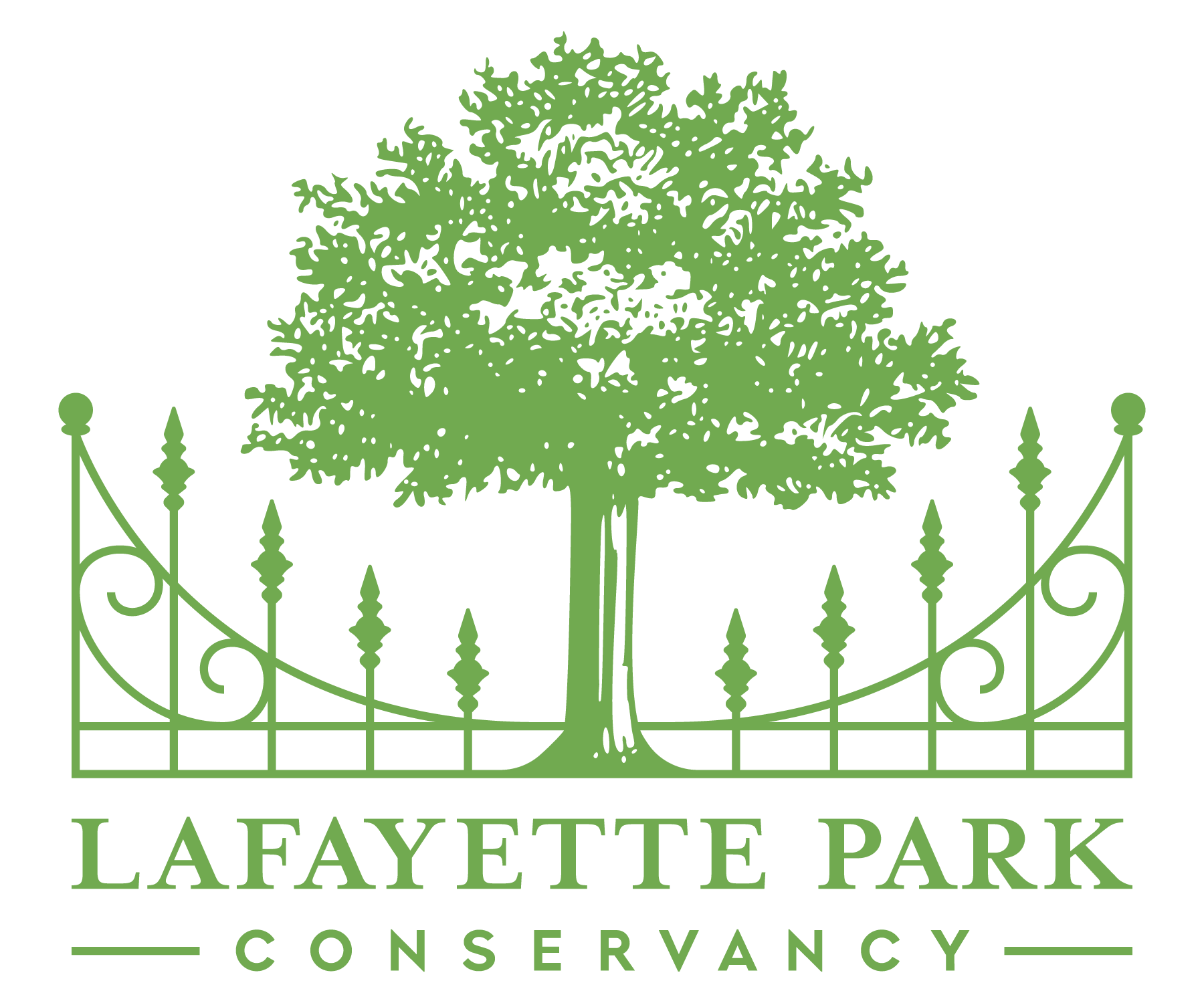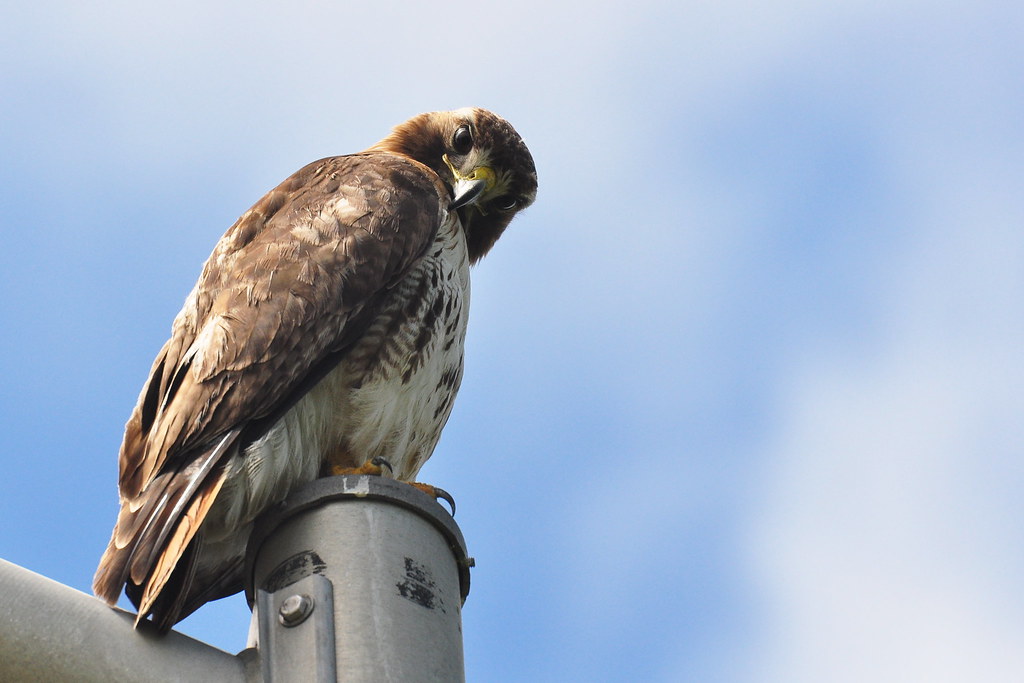BY KIERAN LINDSEY, PhD
Great-Uncle Al was a creative man. A resourceful non-conformist.
That’s a euphemistic way of saying he was a hustler.
Al never let logic or credentials stand between him and the chance to earn some cash. His resumé, so to speak, read like a script from the popular movie and radio serials of his day in which, week after week, the hero would undertake some preposterous adventure.
For example, Al worked for a time as a pharmacist here in St. Louis during the Great Depression. Creativity, in this case, included spinning a fictional tale about his education — he never attended college and I’m not sure he even completed high school — and a tragic fire in the hall of records at his fabricated alma mater.
This wasn’t a dangerous job for Al, but I shudder to think of the risks taken, unknowingly, by his customers Every prescription must have been a cliff-hanger.
I hadn’t thought about Al for a long time, but while wandering the highways and byways during the holidays, I found myself reminiscing about the stories my dad and his siblings used to tell during gatherings of our clan.
I think it was the pole-sitters.
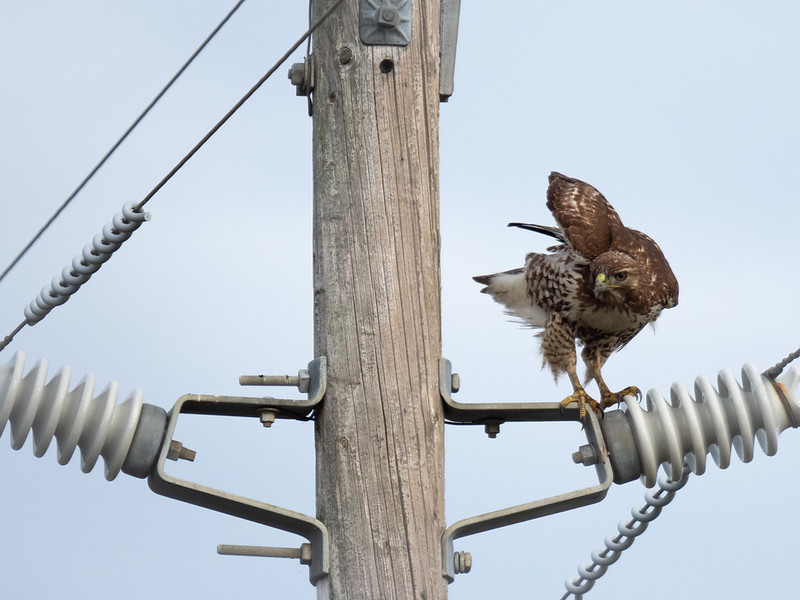
I must have spotted over a hundred Red-Tailed Hawks (Buteo jamaicensis) during my travels, and they’re regular features in the Lafayette Square neighborhood, perched like finials atop lamp posts and utility poles, hoping for a meal.
Just like Uncle Al.
Flagpole-sitting was a fad during the Roaring Twenties and the early days of the Great Depression. A test of endurance for someone who would attempt to roost on high for weeks or months at a time. The sitter would negotiate a fee prior to the attempt, or an assistant on the ground below would collect money from spectators. To Al, it must have looked like a much easier way to earn a stake, or a steak, than working as a day laborer.
The hawks I saw scanning the landscape were also looking for an easier way to earn a living, but they were hoping to collect their meal ticket in the form of pocket gophers, not pocket change.
I didn’t observe a single gawking crowd but I did spy several birds diving for dinner although, cruising along at 70 mph, I wasn’t around long enough to tell if it was Hard Times for the predator or the prey that day.
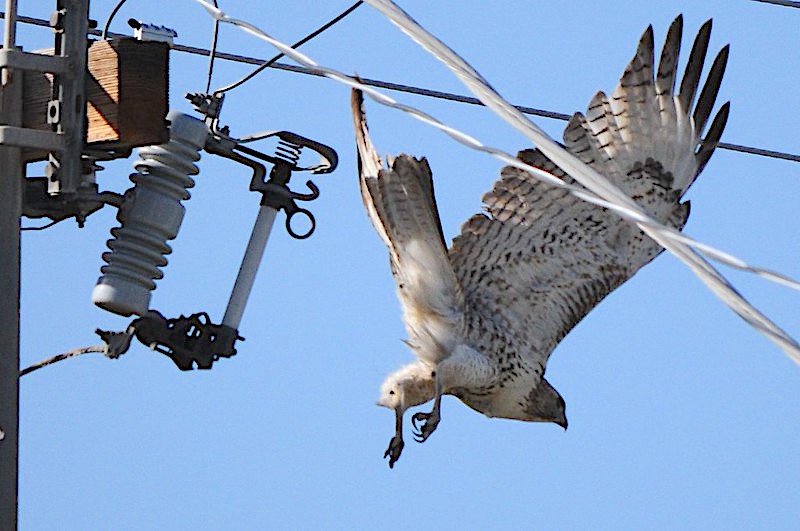
Some other birds of prey will hover and soar, taking a proactive approach to grocery shopping. But unless they’re quite hungry Red-Taileds use a wait-and-see strategy. They have keen vision so a telephone pole provides an excellent vantage point to watch for the movement of small mammals below, and standing uses fewer calories than flying.
Laziness or efficiency? I guess it depends on your personal work ethic. I know my great-uncle would have admired those raptors.
Al’s days as a pole-sitter were brief, and I doubt he set any records. From what I can tell, he was a man of action and a distinctly social animal. Not a sitter by nature… unless you count a bar stool. Besides, flagpole-sitting was a short-lived craze.
Among humans, anyway.
Next time you’re out for a drive, stop texting long enough to scan the telephone wires along the side of the road and you’ll see pole-sitting is still popular as ever among Red-Tailed Hawks, who tend to be a bit less gregarious and a lot more patient than Uncle Al. They’re also less prone to break into song than some of their songbird cousins.
They have too much dignity, and the cars speed by too quickly, for a chorus of Brother, Can You Spare a Dime.
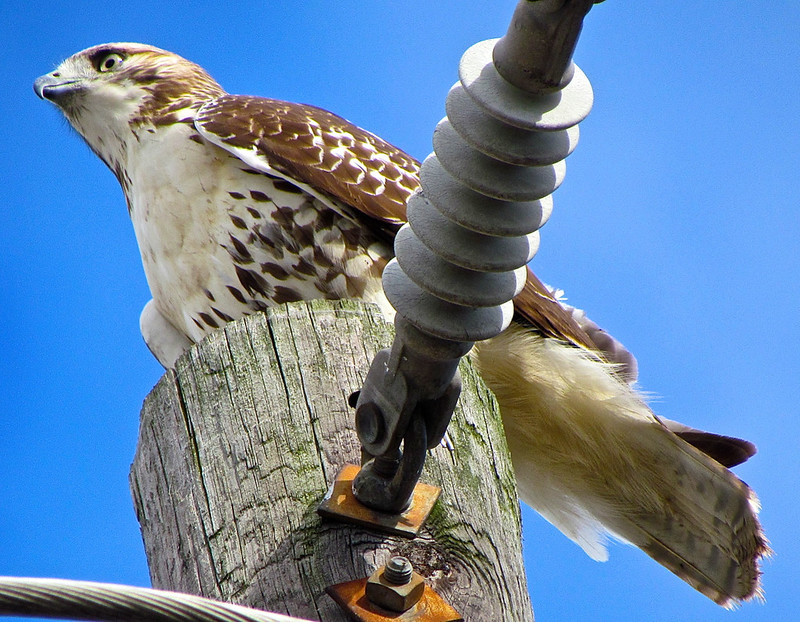
© 2011 Next-Door Nature—no reprints without written permission from the author (I’d love for you to share my work. Just ask first.). Thanks to these photographers for making their work available through a Creative Commons license: kansasphoto, Ingrid Taylar, Andy Blackledge, and Audrey.
